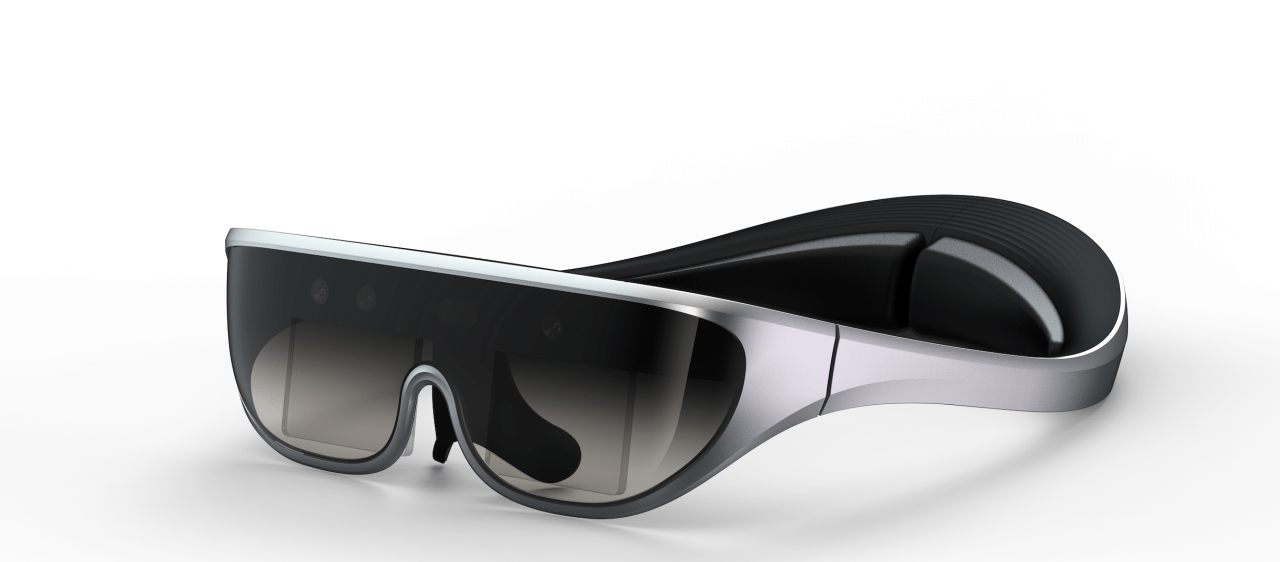As technology continues to evolve at a breakneck pace, augmented reality (AR) is gradually coming to the forefront, promising to transform our interaction with the digital world. While it may have seemed like a sleeper topic at previous conventions, companies like Rokid are determined to change that narrative with innovative solutions like Project Aurora. As we delve into this remarkable venture, we’ll uncover the potential of AR, the implications of lightweight smart glasses, and what this means for various industries moving forward.
The Dawn of Project Aurora
Rokid’s Project Aurora represents a significant step in the development of AR technologies. Initially unveiled in prototype form, the latest iteration of the Rokid Glass is a striking 40 percent smaller than its predecessor. This reduction in size marks a leap forward in portability and user-friendliness, making it more appealing for everyday use. While still not mainstream, this progression signals a shift in how AR hardware can be integrated into our lives.
Connecting with the Digital World
Perhaps one of the most intriguing aspects of Project Aurora is its ability to function as a surrogate for traditional computing devices, such as PCs and tablets. This innovative approach seeks to break away from the conventional screen, offering users an immersive alternative that integrates seamlessly into their daily tasks.
- Computational Power: By harnessing the power of mobile devices, Project Aurora aims to enhance user experiences through a combination of lightweight design and high display quality.
- Hands-Free Interactions: Multimodal hands-free inputs will allow users to interact naturally with digital content, paving the way for a more intuitive experience.
- Industry Applications: From manufacturing and product inspection to remote conferencing, the potential applications in various sectors are vast and compelling.
Augmented Reality’s Growing Influence
AR has long been associated with futuristic themes, reminiscent of sci-fi classics like “Minority Report.” As Rokid aims to cultivate these perceptions through Project Aurora, we cannot ignore the broader implications for industries and everyday consumers. For instance, imagine a scenario where a field service technician could access real-time data overlaying the equipment he is repairing, or a remote conference held where participants feel as though they are in the same room, despite being miles apart. The possibilities are limitless!
Challenges and Opportunities
While the advancements presented by Project Aurora are exciting, there are certainly challenges that Rokid and similar companies must navigate. User acceptance, software development, and market readiness are crucial elements that will determine the successful integration of AR technology into mainstream use. By creating an open hardware and software platform, Rokid encourages developers and clients to build rich industrial applications, which could help mainstream AR adoption and applicability.
Conclusion: The Road Ahead
As we continue to witness the growth and maturation of AR technologies, Project Aurora stands as a beacon of what the future could hold. The combination of innovative design, computational efficiency, and industry-specific applications paints a promising picture. The journey of developing AR into a viable, everyday tool is ongoing, and we are all part of that evolution.
At fxis.ai, we believe that such advancements are crucial for the future of AI, as they enable more comprehensive and effective solutions. Our team is continually exploring new methodologies to push the envelope in artificial intelligence, ensuring that our clients benefit from the latest technological innovations.
For more insights, updates, or to collaborate on AI development projects, stay connected with fxis.ai.

